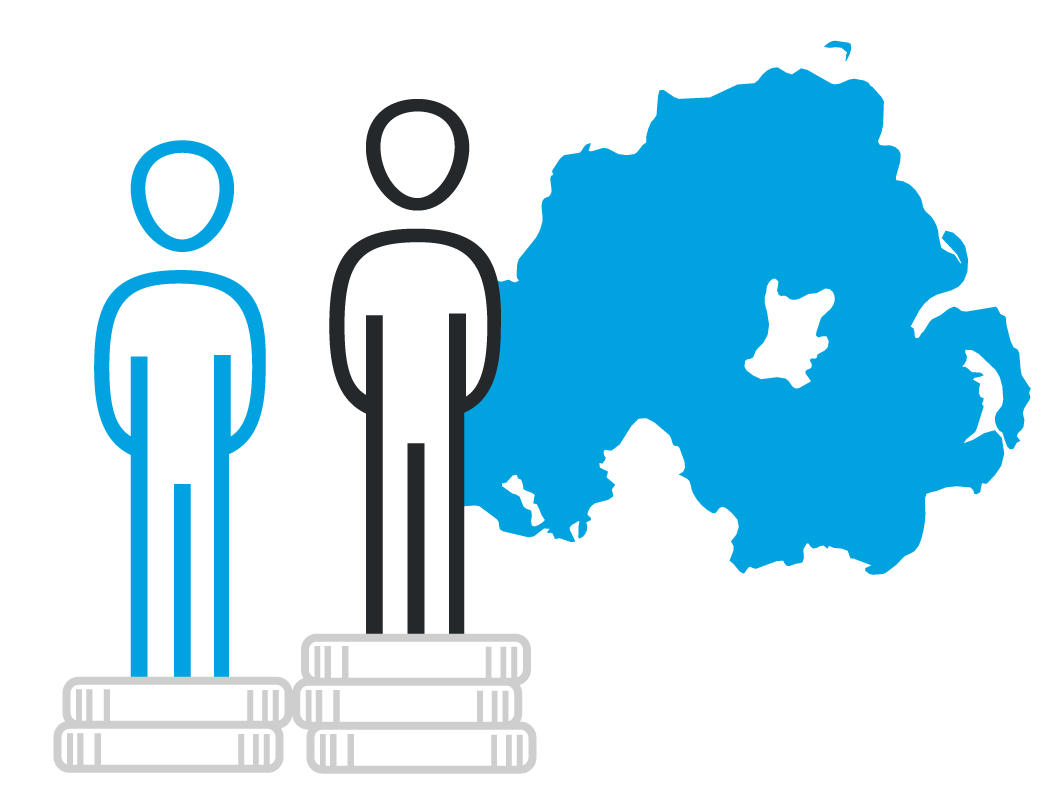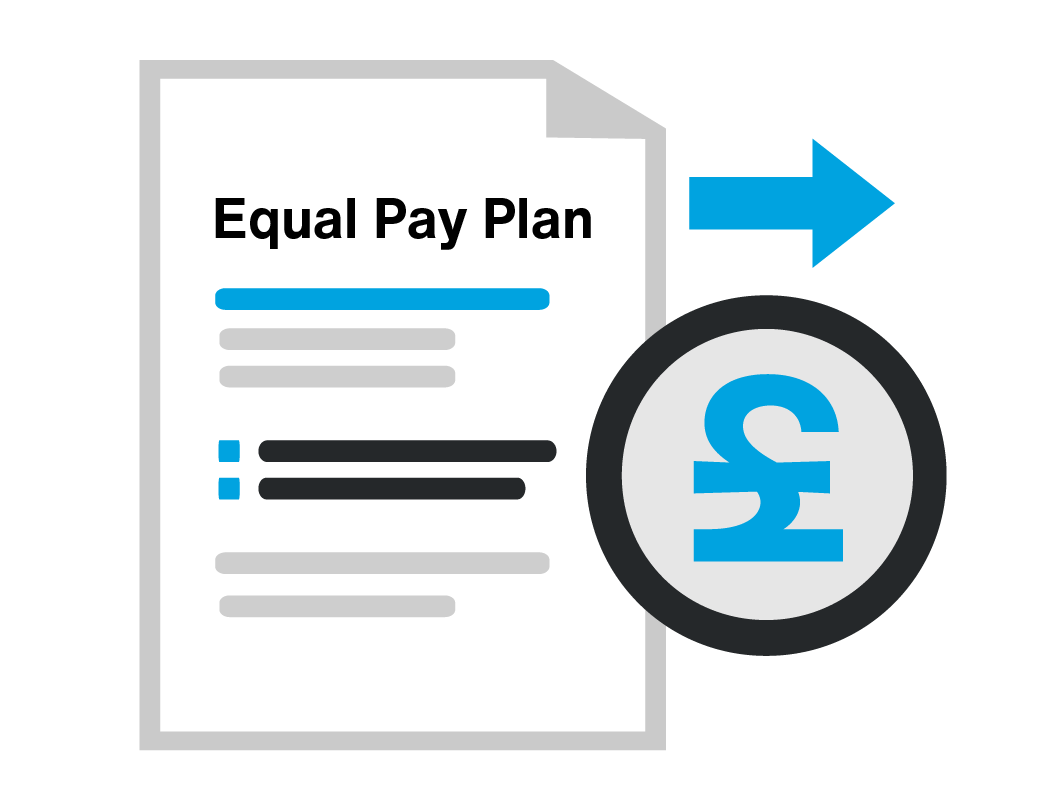
![]()
On September 30, 2020, California Governor Gavin Newsom signed Senate Bill 973 (“SB 973”) into law. SB 973 authorizes California’s Department of Fair Employment and Housing (DFEH) to enforce the annual reporting of pay and hours worked data for employers with California employees. Here are a few answers to frequently asked questions regarding California’s new pay data reporting requirement. To learn more about SB 973, see our prior posts:
- DFEH Adds New Guidance for SB 973 Reporting Due on March 31
- SPECIAL REPORT: Governor Gavin Newsom Signs Senate Bill 973 into Law
- Professional Employer Organizations and CA Pay Data Reporting
- How Several New Laws for 2021 Will Affect CA Employers
- 2021 Pay Data Reporting & Enforcement of the CA Equal Pay Act
- Or see the DFEH pay reporting website – DFEH pay reporting website
When is the California Pay Data Reporting Deadline?
The first annual reporting deadline is Wednesday, March 31st, 2021. Requests for deferrals must be filed before this date using the deferral portal.
Who Has to Submit a Pay Data Report?
Private employers who meet the following conditions have to submit pay data reporting to the DFEH.
- Employers who have a U.S. workforce of 100 or more employees; and
- Are also required to file federal, annual EEO-1 reports; and
- Who have at least one employee working in California.
Which Categories of Employees Are to be Reported as Part of Pay Data Reporting?
All full-time and part-time employees who are either working in California (either within an establishment or from home) or who report to a California establishment (even if working outside California) must be included in the filing.
Who Will Have Access to the Pay Data Report?
The new law SB 973, authorizes the California Department of Fair and Equal Housing (DFEH) “to receive, investigate, conciliate, mediate, and prosecute complaints alleging practices made unlawful pursuant to Section 1197.5 of the Labor Code.” DFEH may share the pay data reports with The California Division of Labor Standards Enforcement (DLSE). DLSE also may use information from the annual pay data reports as needed upon instituting an investigation or enforcement proceeding under California Equal Pay Act (Cal. Labor Code Section 1197.5). DFEH intends to retain pay data reports for at least 10 years. While pay data reports are considered confidential, a plaintiff, such as a former employee alleging discrimination, can seek a copy of the annual pay data reports from their employer and/or potentially subpoena the reports from DFEH.
What Should the Employers File?
Employers file the number of employees in each combination of the following four elements:
- Establishment — where the employee works or reports to (if the employer has multiple locations),
- Protected class — one of 21 combinations of race, ethnicity, and gender (male, female, and non-binary),
- Job category — one of the same 10 job classifications used for EEO-1 reporting, and
- Pay band — one of 12 annual pay bands as determined by box-5 of the employee’s W-2.
Employers also file the sum of annual hours for the employees in each of these employee counts.
How Should California Employers File the Pay Data Report?
Employers must file through the Pay Reporting Portal. Employers upload one file, in either Excel or CSV format, containing their data for all establishments.
What Happens if the Employer Does Not File the Pay Data Report by March 31, 2021?
The DFEH (Department of Fair Employment & Housing) is authorized to implement SB 973, including the promulgation of rules and regulations to carry out and enforce SB 973. Express authority includes subpoenas, interrogatories, depositions, document requests, and to seek court order to compel their compliance. DFEH is authorized to recover its enforcement costs from employers who fail to file. DFEH can obtain from the Employer Development Department (EDD) the names and addresses of all businesses with 100 or more employees to ensure compliance with SB 973. Employers are required to provide how they are identified with EDD as part of their pay data reporting requirement.
What is a Pay Equity Audit?
A pay equity audit identifies pay differences between employees that cannot be explained due to job-related factors. It also measures the extent to which job-related factors vary with gender and race/ethnicity. It is a multi-disciplinary effort that requires extensive domain knowledge expertise in: labor law across various jurisdictions, econometrics, statistics and statistical modeling; workforce data management; and knowledge of regulatory audit processes by agencies such as the DFEH, the OFCCP, and the EEOC.
Why is Pay Equity Audit Important Before Filing the Pay Data Report?
DFEH examines reported pay data both for evidence of pay discrimination and non-pay employment discrimination. A proactive pay equity audit assesses evidence of pay discrimination, job segregation, differences in overtime participation, and discrepancies in job category representations to inform employers of any issues prior to having their data scrutinized by state regulators in investigations or other enforcement activities. Further, when conducted under the direction of counsel and independent of regulatory compliance, pay equity audits may be protected by the attorney-client privilege.
In addition to pre-emptively preparing employers for the additional regulatory scrutiny they face under SB 973, a pay equity audit can support authentic change by improving employee engagement, retention, and productivity, thereby enhancing the employer’s bottom line.



